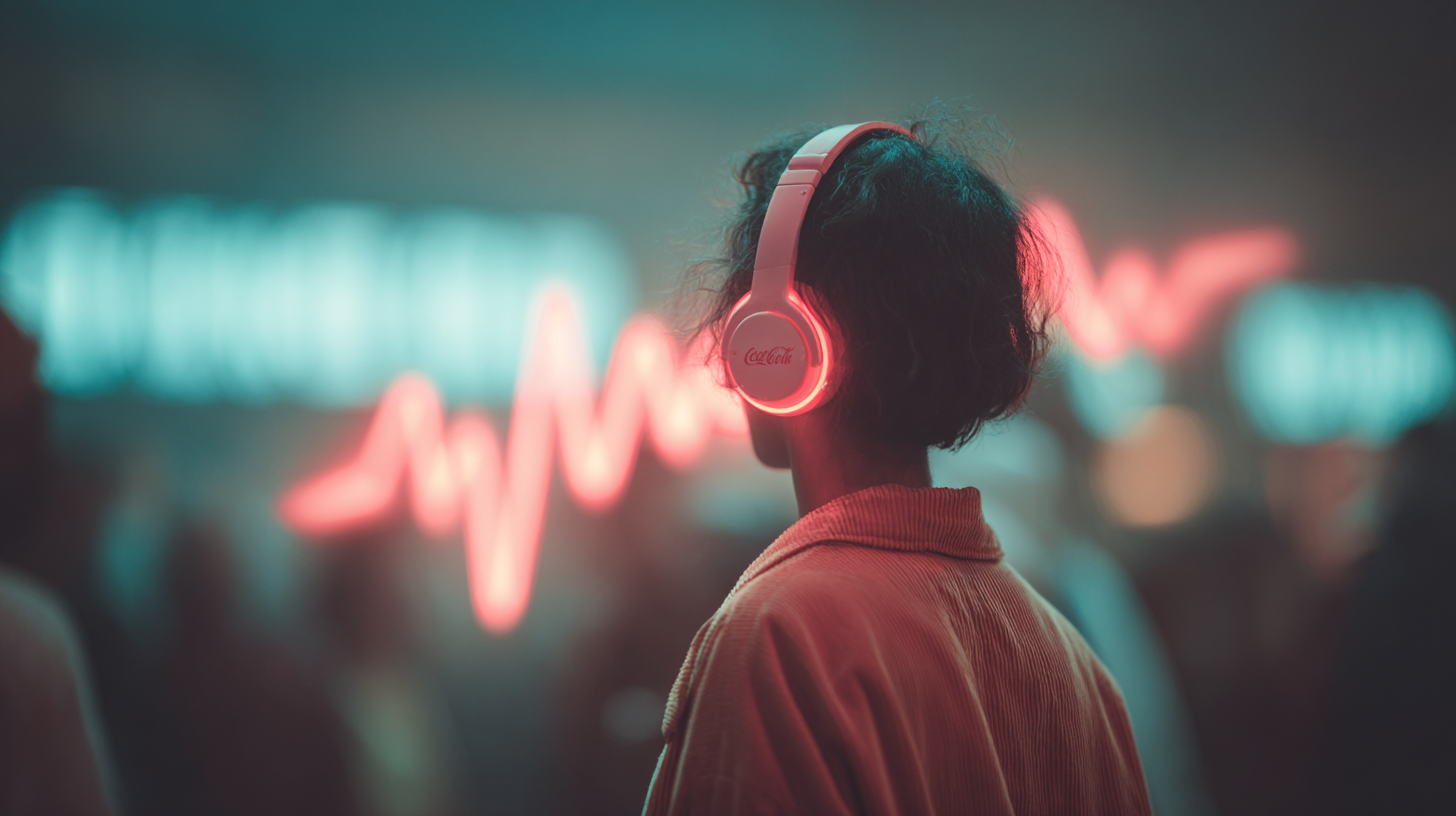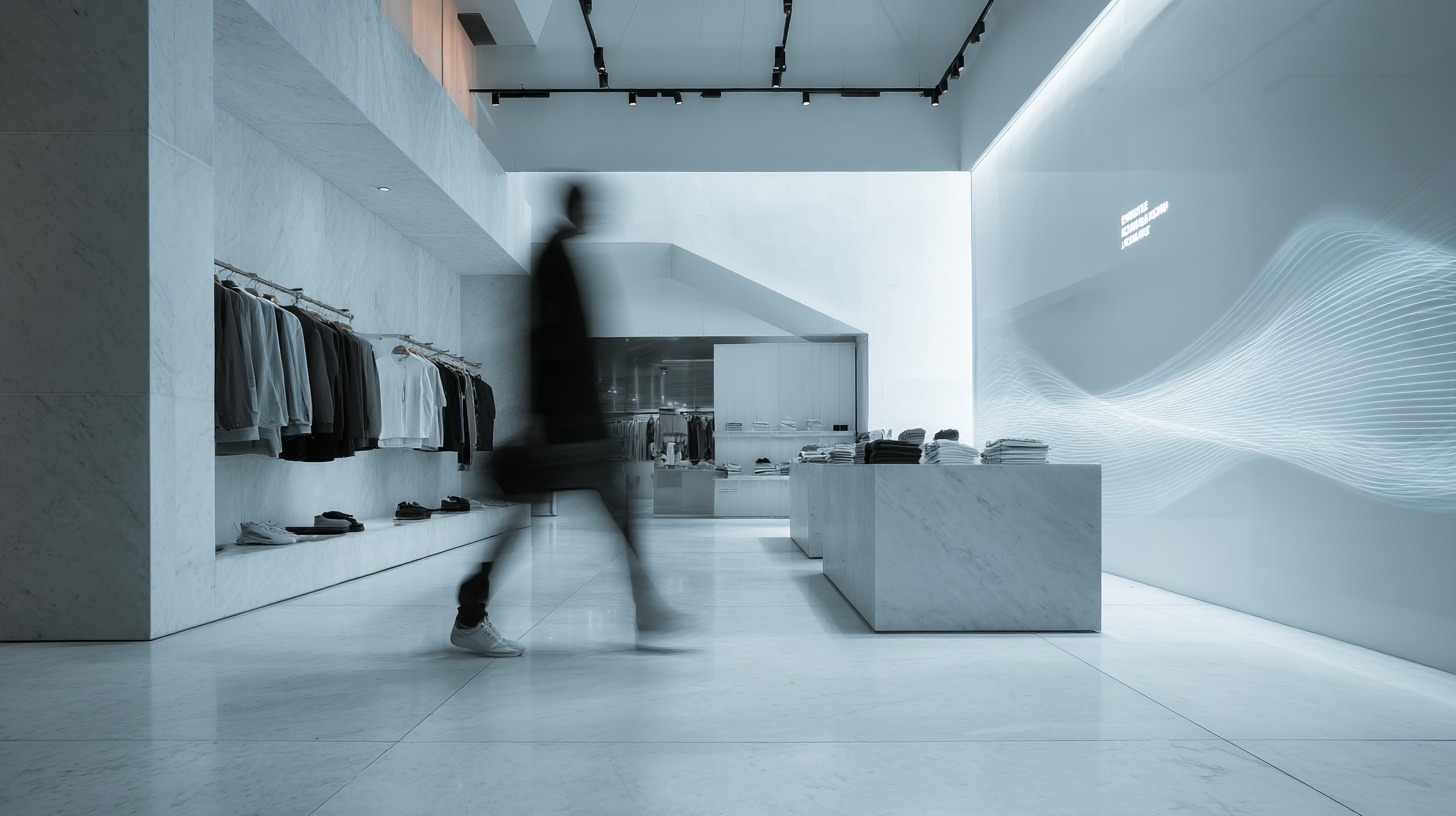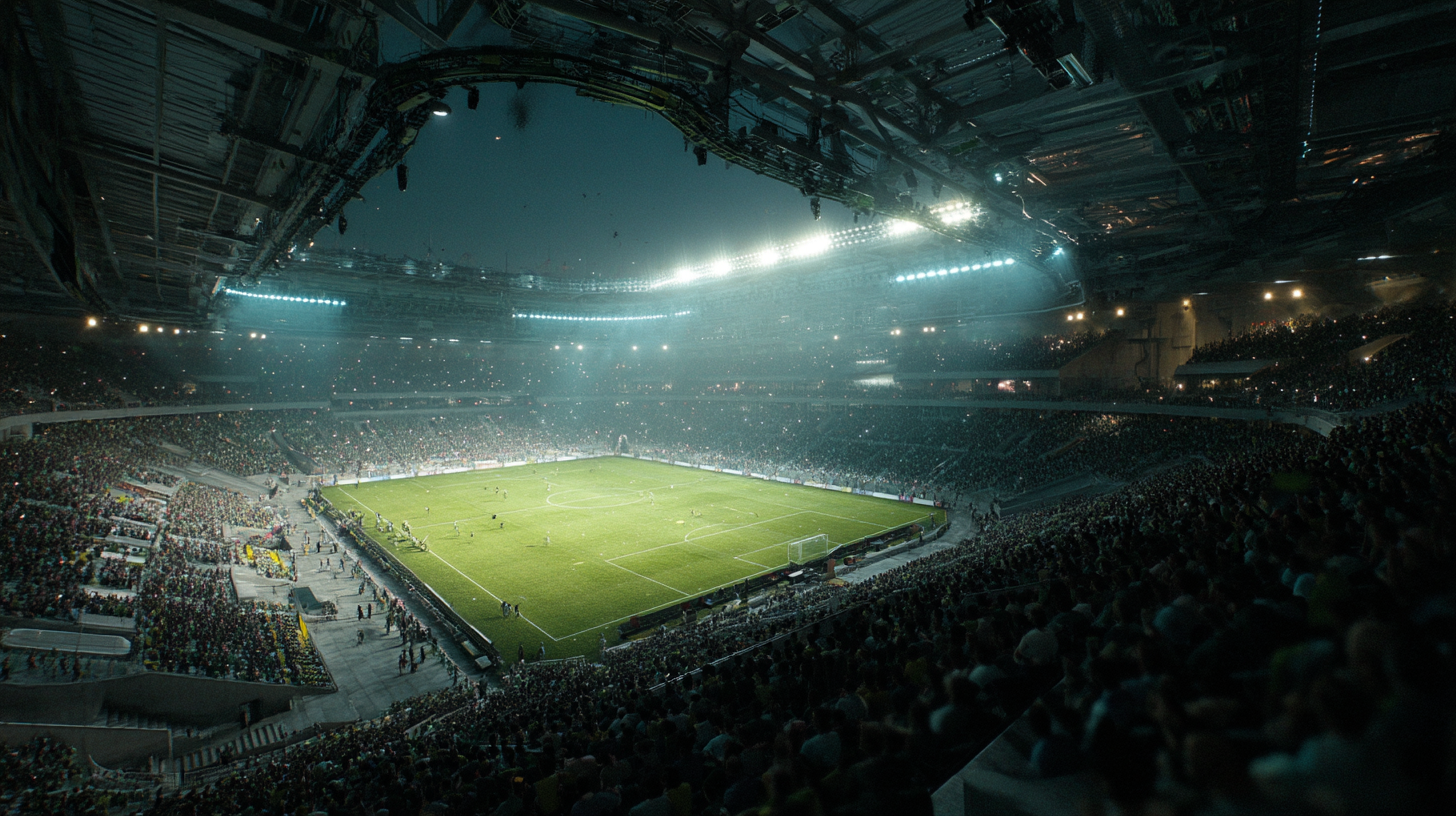We’ve recently had the opportunity to work on Haptics UX projects in which vibrational signals needed to work with sounds to insure a better customer experience
Written by Colleen Fahey, Managing Director USA
These worlds of Haptics UX and Sonic have not often met, and these experiences have allowed for very interesting research and learning.
Haptics UX
Haptics UX is a world entirely dedicated to the ergonomics linked to touch, the way we touch an object and the way it can respond. To communicate through touch is at the heart of a new ergonomic trend, made to facilitate use and improve the fluidity of human machine interfaces (HMI).
Sound has long served UX engineers, however in the commercial realm the question of combining both sound and haptics is relatively recent and has introduced the following areas of both exploration and query:
· Effectiveness – does it achieve communication objectives?
· Clarity – is the message understood?
· Comfort – is the message agreeably received?
Designing sound to complement haptics requires humility. Finding the appropriate level of stimulation is at the heart of the research, we have carried out on the combination of haptic and sonic. The big watch-out is the danger of over-stimulation. It is with this in mind that we conducted our research. And our learnings were many. As demonstrated in the SoftBanks Robotics case where the UX design really brought the robot to life through sound.
Aspects that need to be balanced
Intensity and Hierarchy: Combining a sonic approach and a tactile approach always raises questions about the specifics of the interacting fields, their ability to complement each other naturally, and whether they should say the same thing or different things. The first lesson learned was about calibrating intensity. Not all information requires the same intensity of response. In an ergonomic scenario, combining sound and touch is adding stimulus to stimulus. It is therefore necessary to define the intended power of the message, to know how to build it, and to measure its impact.
Time: The second learning concerns the design of timing. Music is a temporal art – unlike that of the image. One of the most challenging aspects of the haptic/sonic combination is designing in such a way that you grab people’s attention while at the same time not being overly intrusive. It calls for choices to be made among crescendos and decrescendos, short and long impulses, and placement of sound at the beginning or the end. The variety and timing of combinations of sound and sensation enables the designer to communicate a range of messages within a specific situation, however an ergonomic approach must be taken to the management of time and overall synchronization of the two.
Combinations: Finally, the third lesson concerns the nature of the message sent by the haptic/sonic combination. Research shows that, taken out of their contexts, haptic responses are not clearly perceived as positive or negative, important or secondary. The haptic/sonic combination helps to remedy this. Whether there’s a melodic dimension or not, the roundness or duration of the sounds used, and the conclusive or open dimension of the musical treatment, all generate rich and clear information which helps the audience grasp meaning even under stress.









